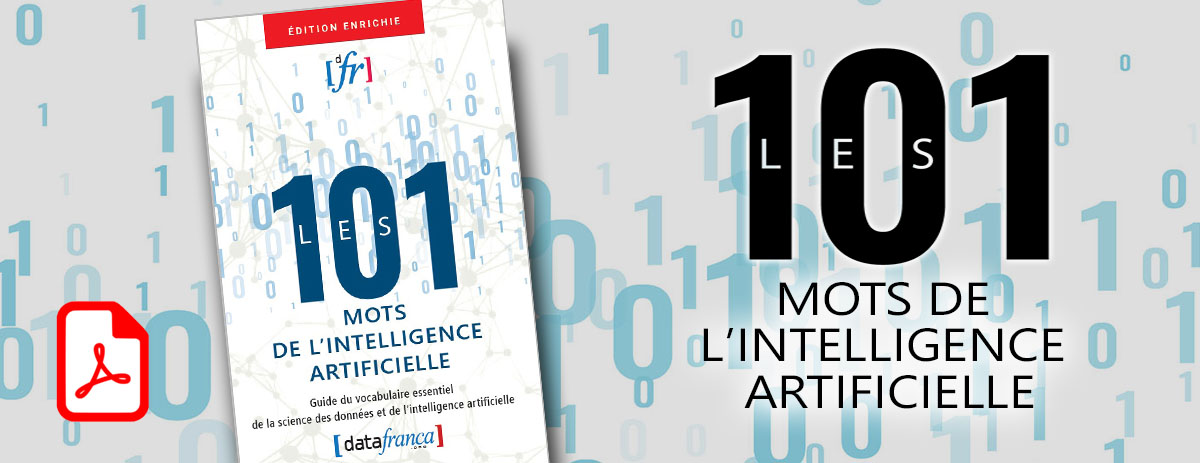« Paradoxe de Simpson » : différence entre les versions
(Page créée avec « ==en construction== == Définition == XXXXXXXXX == Français == ''' XXXXXXXXX ''' == Anglais == ''' Simpson's Paradox''' Put simply, Simpson's Paradox is a phenomenon... ») |
m (Remplacement de texte — « DeepAI.org ] » par « DeepAI.org ] Catégorie:DeepAI.org ») |
||
| Ligne 17 : | Ligne 17 : | ||
[https://deepai.org/machine-learning-glossary-and-terms/simpsons-paradox Source : DeepAI.org ] | [https://deepai.org/machine-learning-glossary-and-terms/simpsons-paradox Source : DeepAI.org ] | ||
[[Catégorie:DeepAI.org]] | |||
[[Catégorie:vocabulary]] | [[Catégorie:vocabulary]] | ||
Version du 15 décembre 2020 à 18:09
en construction
Définition
XXXXXXXXX
Français
XXXXXXXXX
Anglais
Simpson's Paradox
Put simply, Simpson's Paradox is a phenomenon found in probability in which a trend appears in several different groups, but vanishes or reverses when the groups are combined. The paradox is often found in the social-science and medical-science disciplines and requires casual relations to be appropriately addressed to mitigate inference errors due to the phenomenon. First described by Edward H. Simpson in his 1951 paper, the phenomenon itself had been observed and mentioned in works as early as 1899.
Contributeurs: Isaline Hodecent, wiki










